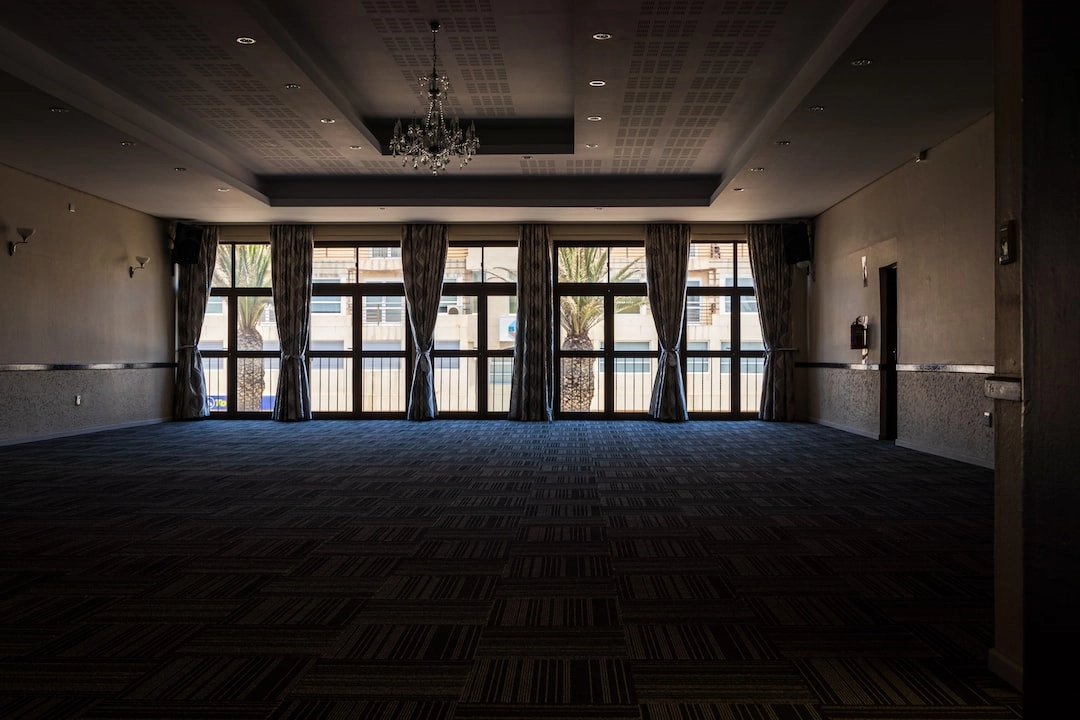
What is Sustainable Practices in Ballroom Dancing?
Sustainable practices in ballroom dancing refer to the adoption of environmentally friendly and socially responsible approaches within the art form. It involves embracing practices that minimize carbon footprint, reduce waste, and promote overall sustainability while still preserving the beauty and essence of ballroom dancing.
Real-World Problems Associated with Sustainable Practices in Ballroom Dancing
Like any other discipline, ballroom dancing faces a set of challenges when it comes to implementing sustainable practices. Here are a few real-world problems that need to be addressed:
1. Energy Consumption and Carbon Footprint
Ballroom dancing often requires ample space and lighting, which often leads to high energy consumption. The use of extensive lighting systems for performances, rehearsals, and competitions significantly contributes to environmental pollution and carbon emissions. Finding sustainable alternatives to reduce energy consumption while maintaining the desired artistic atmosphere is a major challenge.
2. Fabric Waste and Costumes
The creation of ballroom dance costumes often involves excessive fabric waste, as intricate designs and voluminous skirts are commonly used. These costumes are typically worn for a limited number of performances or events before being discarded. Finding ways to reuse, recycle, or repurpose dance costumes can help reduce waste and promote sustainability within the industry.
3. Travel and Transportation
Ballroom dancing often requires participants to travel extensively for rehearsals, competitions, and performances. This leads to a significant carbon footprint, particularly when long-haul flights or extensive road trips are involved. Encouraging carpooling, using public transportation, or investing in eco-friendly travel options can help mitigate the environmental impact of constant travel.
4. Resource Efficiency
Efficient use of resources, such as water and materials, is crucial in minimizing environmental impact. Ensuring dance studios have proper water management systems and encouraging the use of sustainable materials for flooring, mirrors, and other equipment can contribute to resource conservation within the ballroom dancing community.
5. Education and Awareness
One of the key challenges in implementing sustainable practices in ballroom dancing is the lack of education and awareness among dancers, choreographers, and event organizers. Promoting workshops, seminars, and training programs that highlight the importance of sustainability and provide practical solutions can help bridge this gap and bring about positive change within the industry.
By acknowledging and addressing these real-world problems, the ballroom dancing community can gradually adopt sustainable practices that not only reduce its environmental impact but also preserve the artistic connect that makes this dance form so captivating.

Solutions for Sustainable Practices in Ballroom Dancing
To address the real-world problems associated with sustainable practices in ballroom dancing, several solutions can be implemented within the industry:
1. Energy Efficiency and Carbon Footprint Reduction
– Embrace the use of energy-efficient lighting systems, such as LED lights, to minimize energy consumption during rehearsals, performances, and competitions.
– Explore the use of renewable energy sources, such as solar panels, to power dance studios and event venues.
– Encourage the use of natural light whenever possible, reducing the reliance on artificial lighting.
2. Sustainable Costume Design
– Promote the use of eco-friendly materials, such as organic, recycled, or upcycled fabrics, in the creation of ballroom dance costumes.
– Embrace minimalist designs that reduce fabric waste without compromising on the aesthetics and functionality of the costumes.
– Encourage the reuse and sharing of costumes among dancers or consider creating costume rental services.
3. Green Travel Initiatives
– Encourage participants to choose sustainable transportation options, such as carpooling or taking public transit, whenever possible.
– Explore the possibility of hosting regional competitions to minimize the need for long-distance travel.
– Offset carbon emissions from travel by partnering with carbon offset programs or investing in sustainable travel initiatives.
4. Resource Conservation
– Implement water-saving measures within dance studios, such as installing low-flow faucets, toilets, and water-efficient irrigation systems.
– Prioritize the use of sustainable and recyclable materials when renovating or constructing dance studio facilities.
– Encourage the reuse and repurposing of dance props and equipment to minimize waste.
5. Education and Awareness
– Organize workshops, seminars, and training programs to educate dancers, choreographers, and event organizers about sustainable practices in ballroom dancing.
– Collaborate with environmental organizations and experts to develop guidelines and best practices for sustainability in the dance industry.
– Foster a culture of environmental responsibility and encourage ongoing discussions on sustainable practices within the ballroom dancing community.
By implementing these solutions, the ballroom dancing community can make significant strides towards achieving sustainable practices, reducing its environmental impact, and ensuring an eco-friendly future for this beautiful art form.















